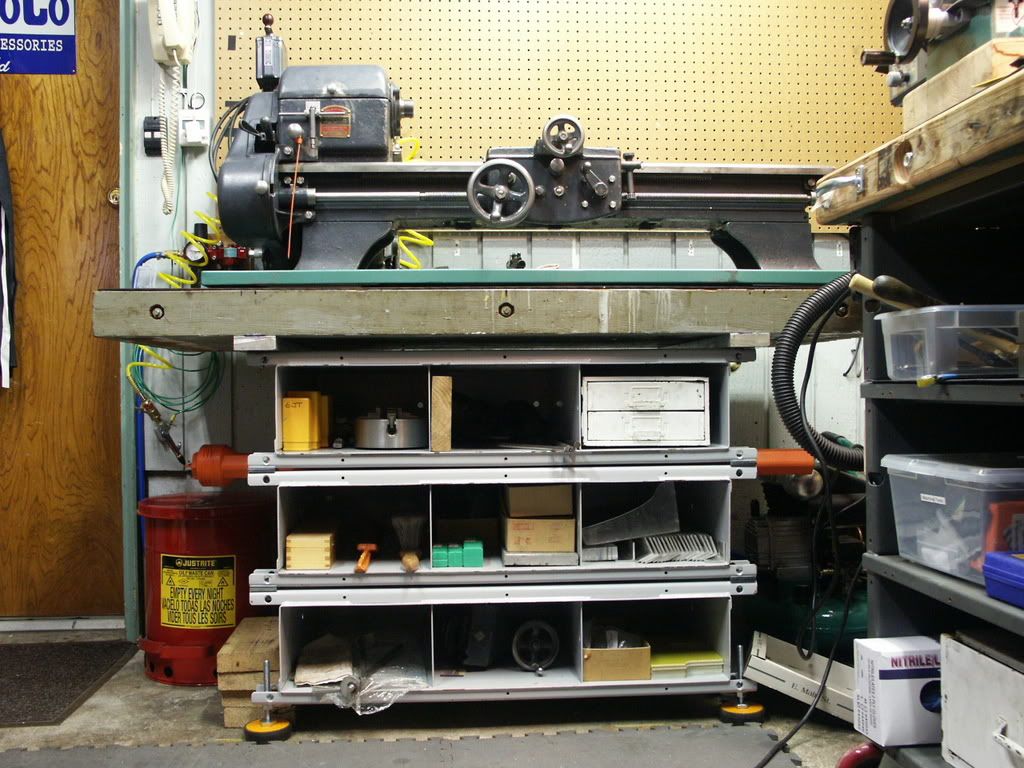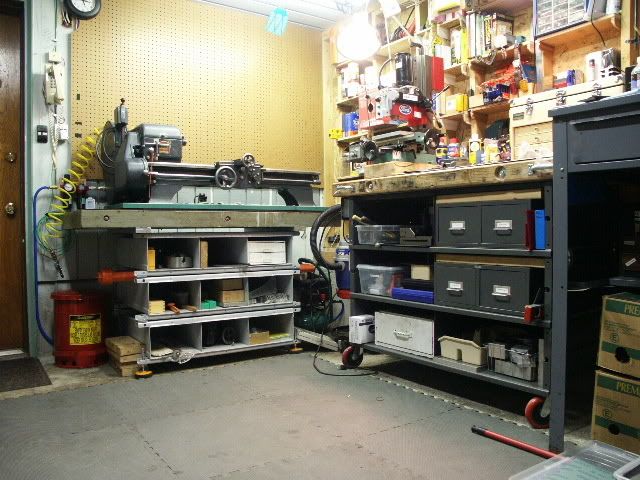W
whatsit
Guest
How close is close enough with a 12" .0005/10" machinist level? Grizzly model H2683.
Here is where I am. Lathe on new bench. Bench top level and flat. Lathe bolted to table
with .022 shim under front feet. This gets it to the following.
Across the ways the level reads 2 divisions off of level from headstock to end of bed.
Lengthwise on the ways it is 3 divisions off of level all the way down the ways.
So in essence it appears to be evenly out of level both directions on the ways.
So is this going to be satisfactory for accurate turning? Or am I being a bit picky on
perfect alignment?
Thanks
Kevin
Here is where I am. Lathe on new bench. Bench top level and flat. Lathe bolted to table
with .022 shim under front feet. This gets it to the following.
Across the ways the level reads 2 divisions off of level from headstock to end of bed.
Lengthwise on the ways it is 3 divisions off of level all the way down the ways.
So in essence it appears to be evenly out of level both directions on the ways.
So is this going to be satisfactory for accurate turning? Or am I being a bit picky on
perfect alignment?
Thanks
Kevin






